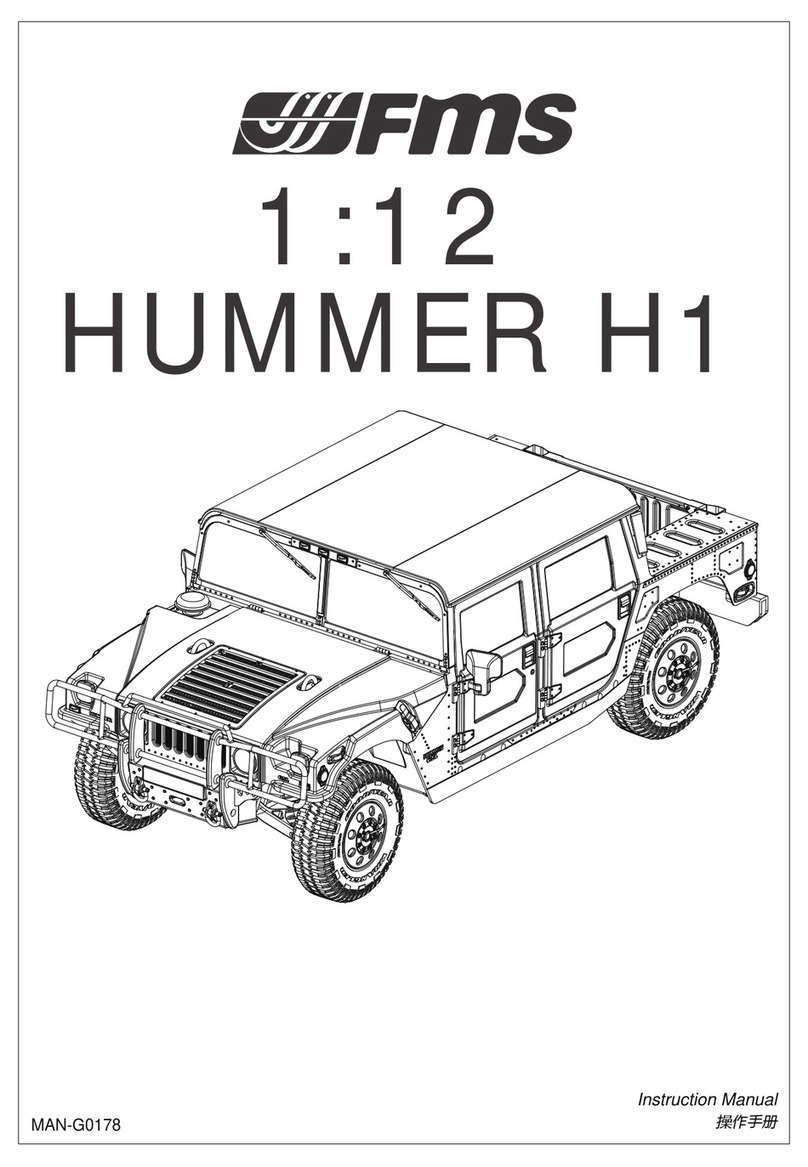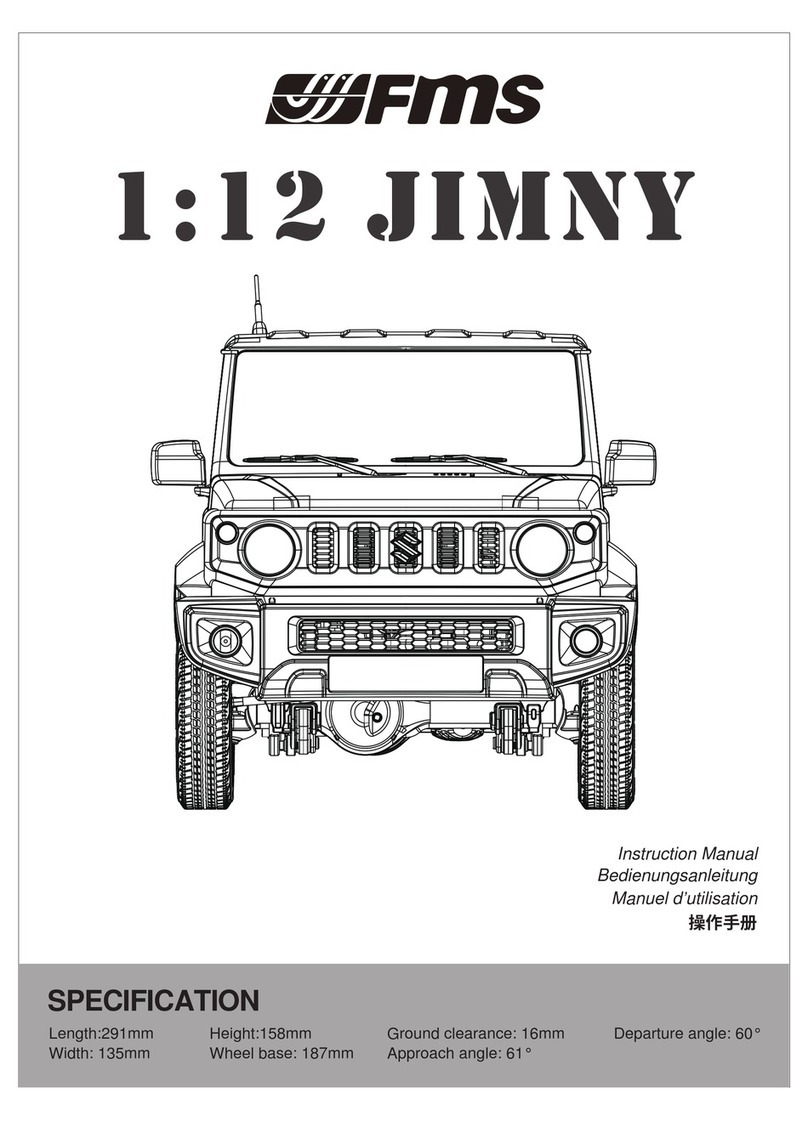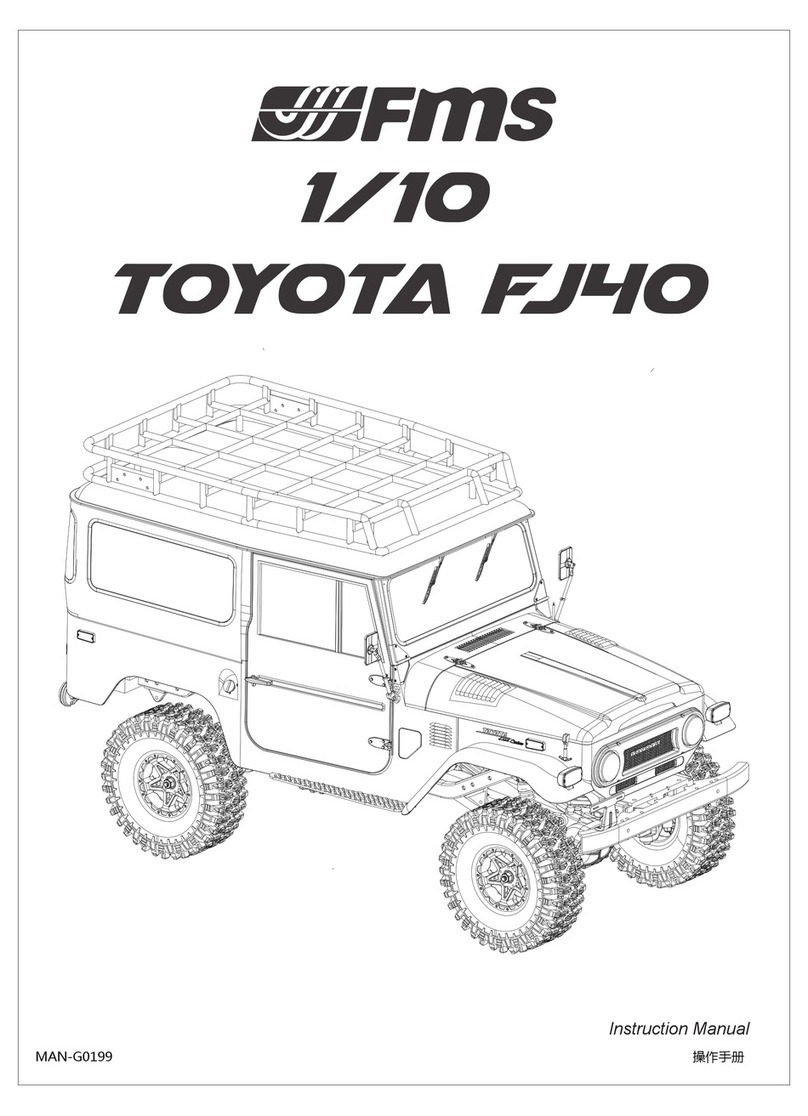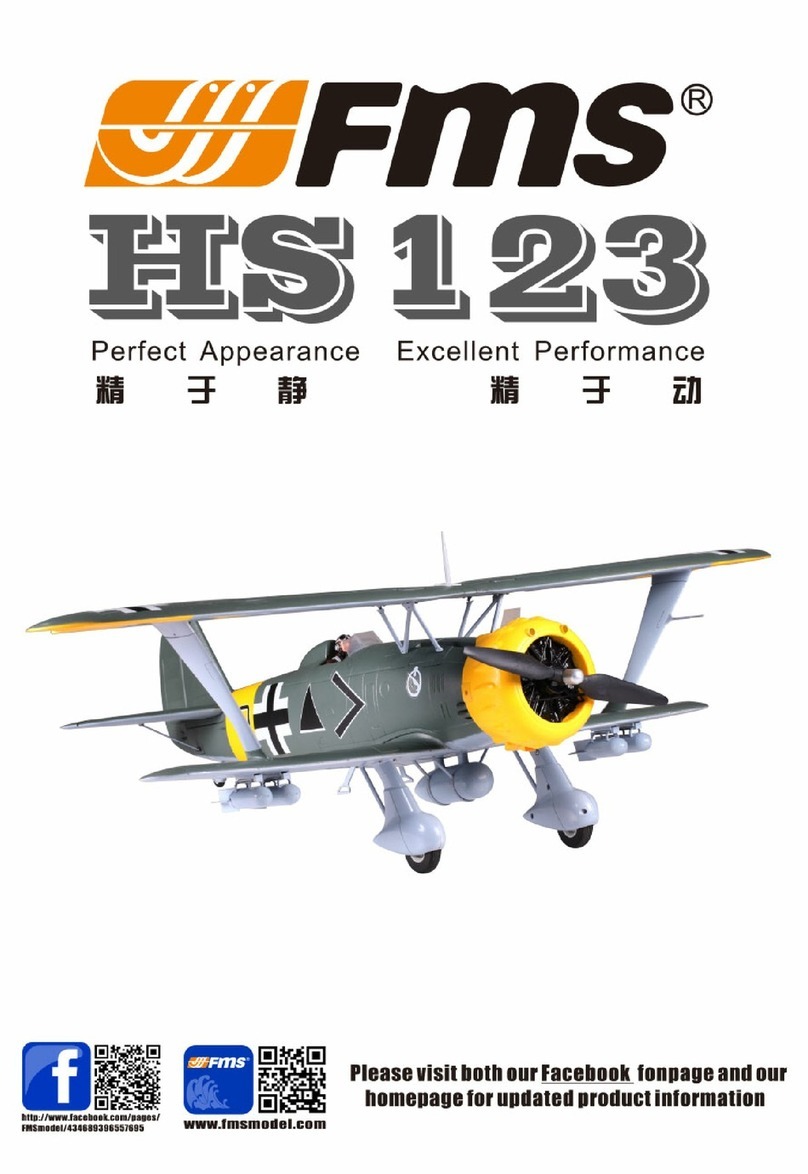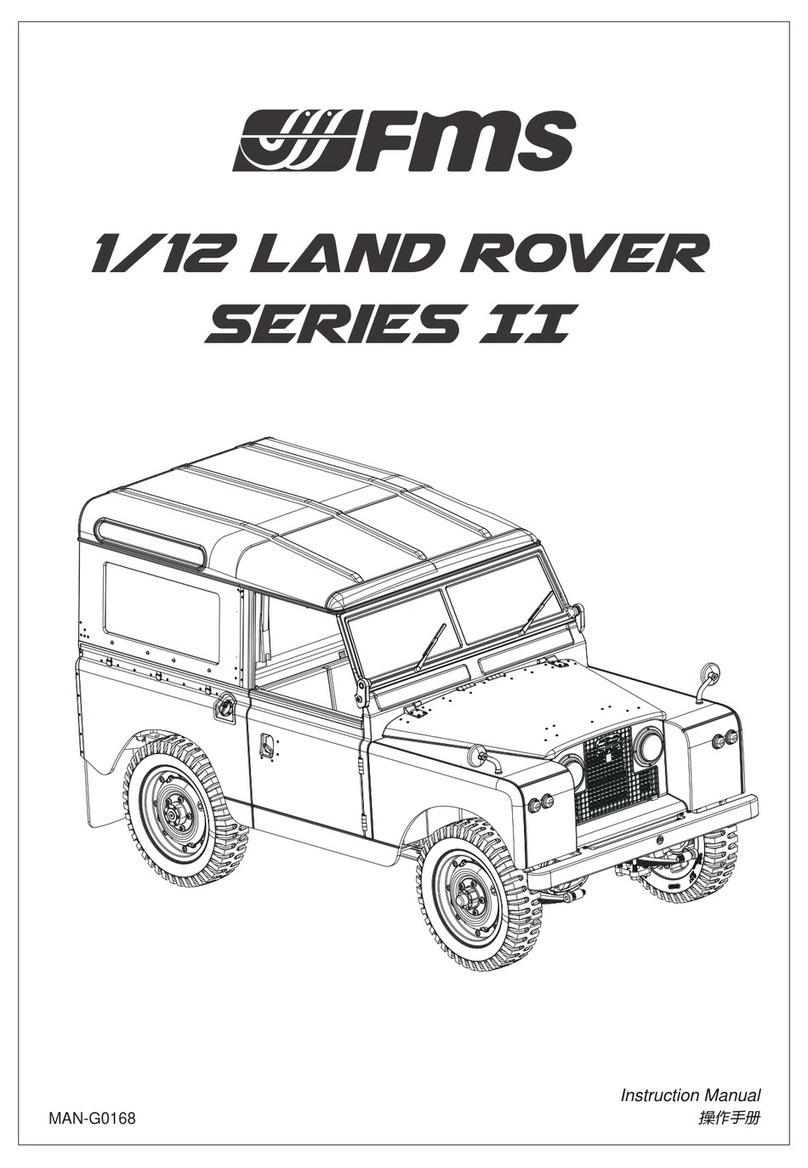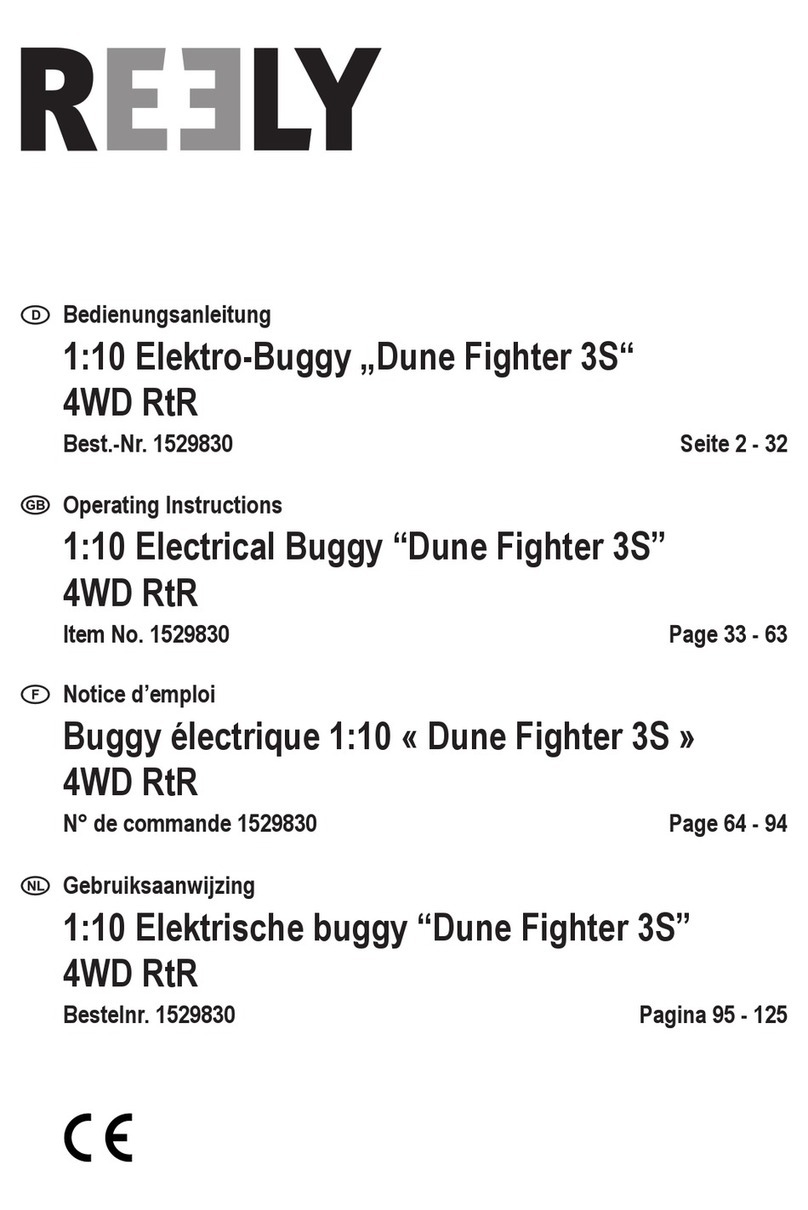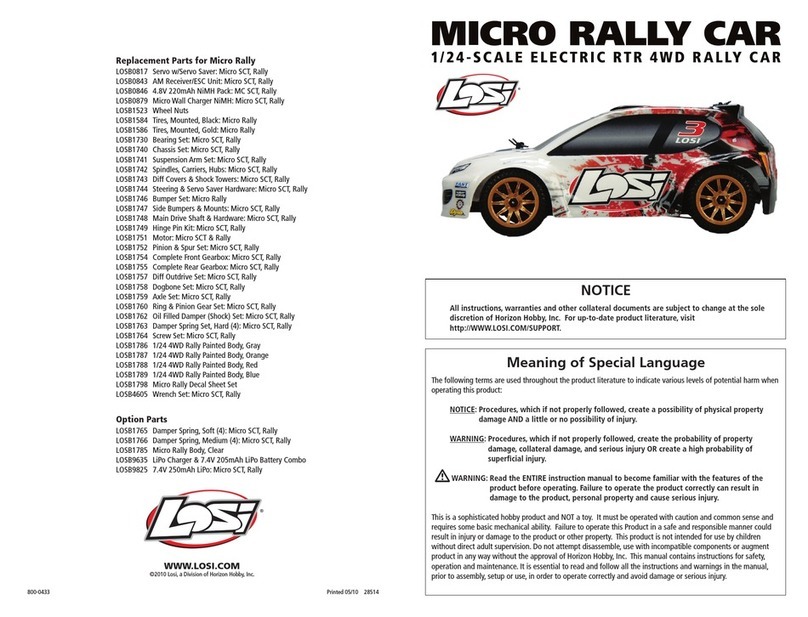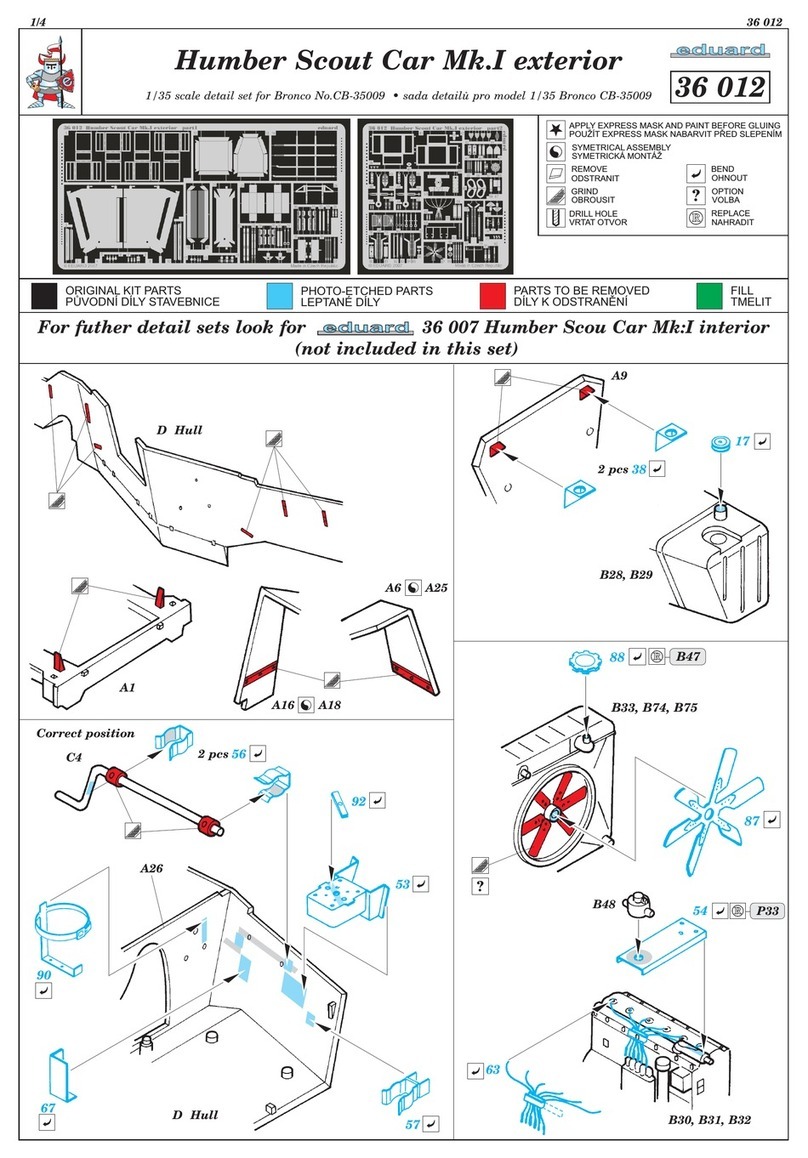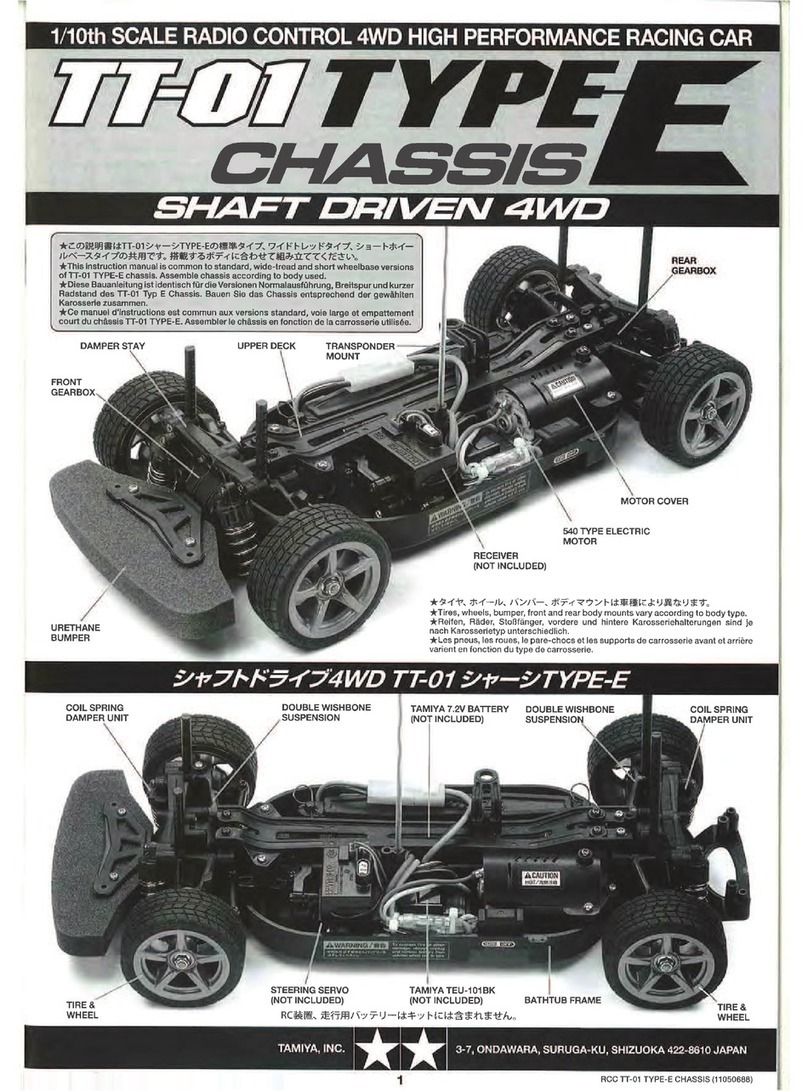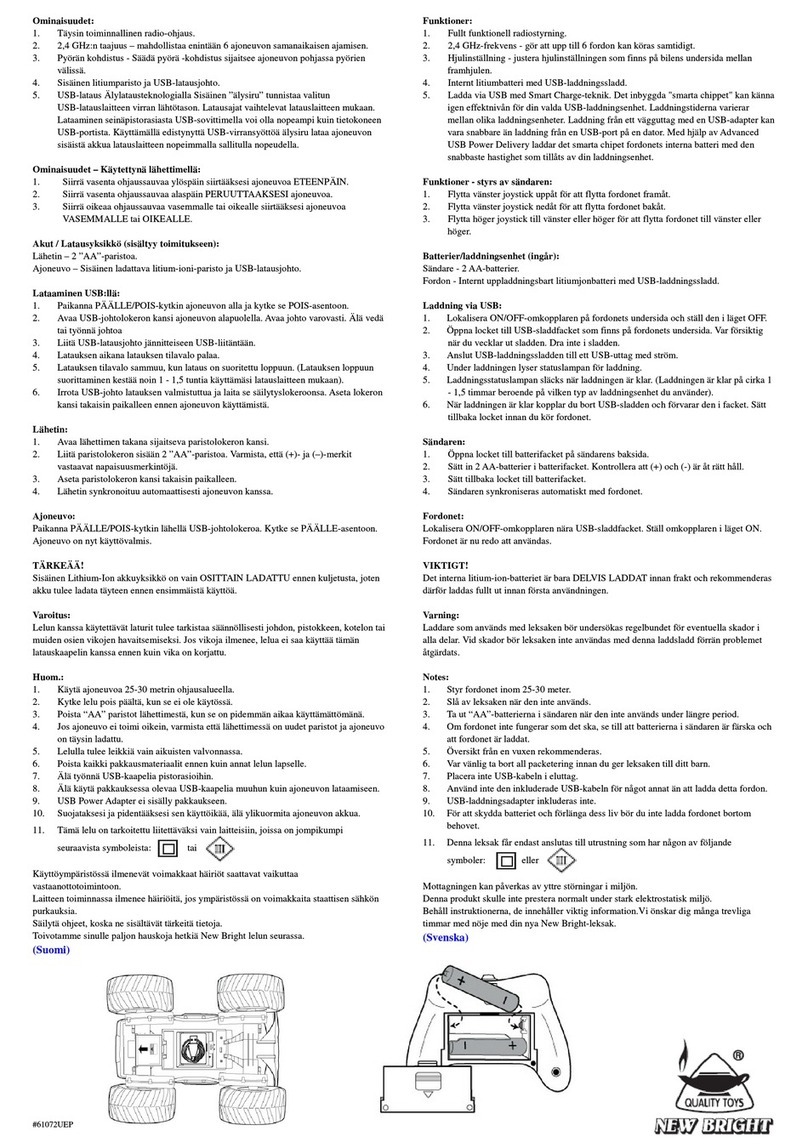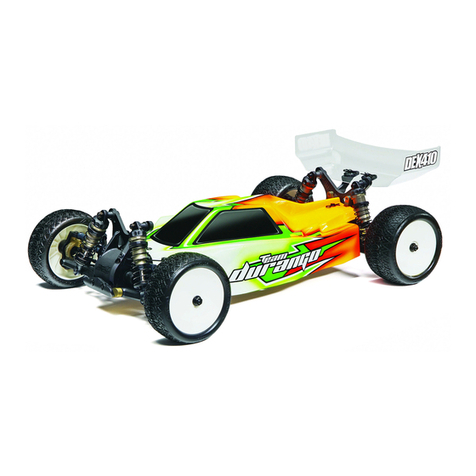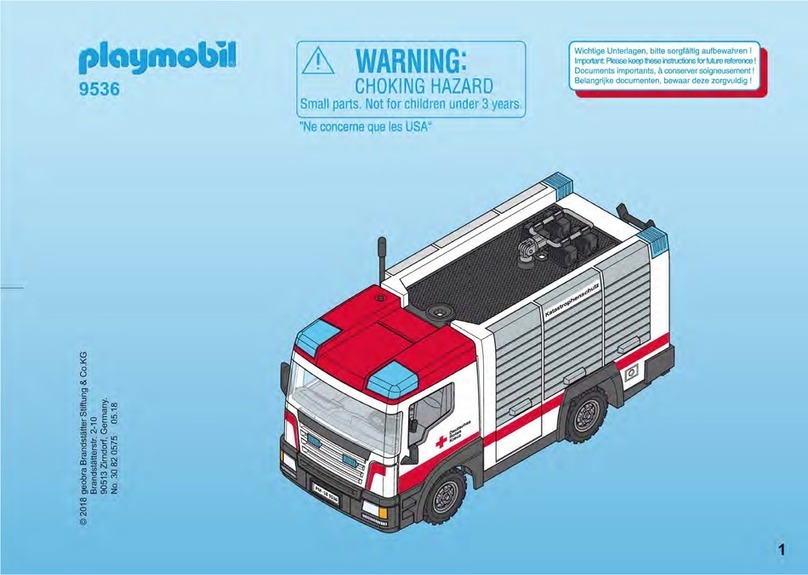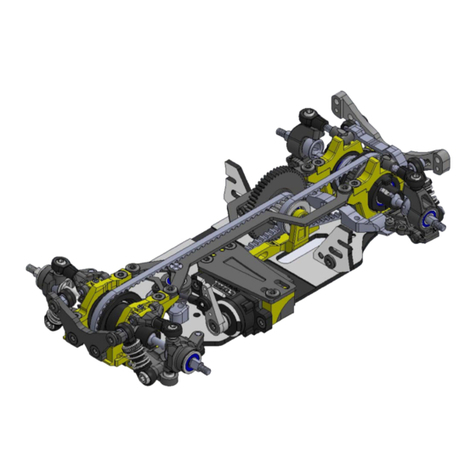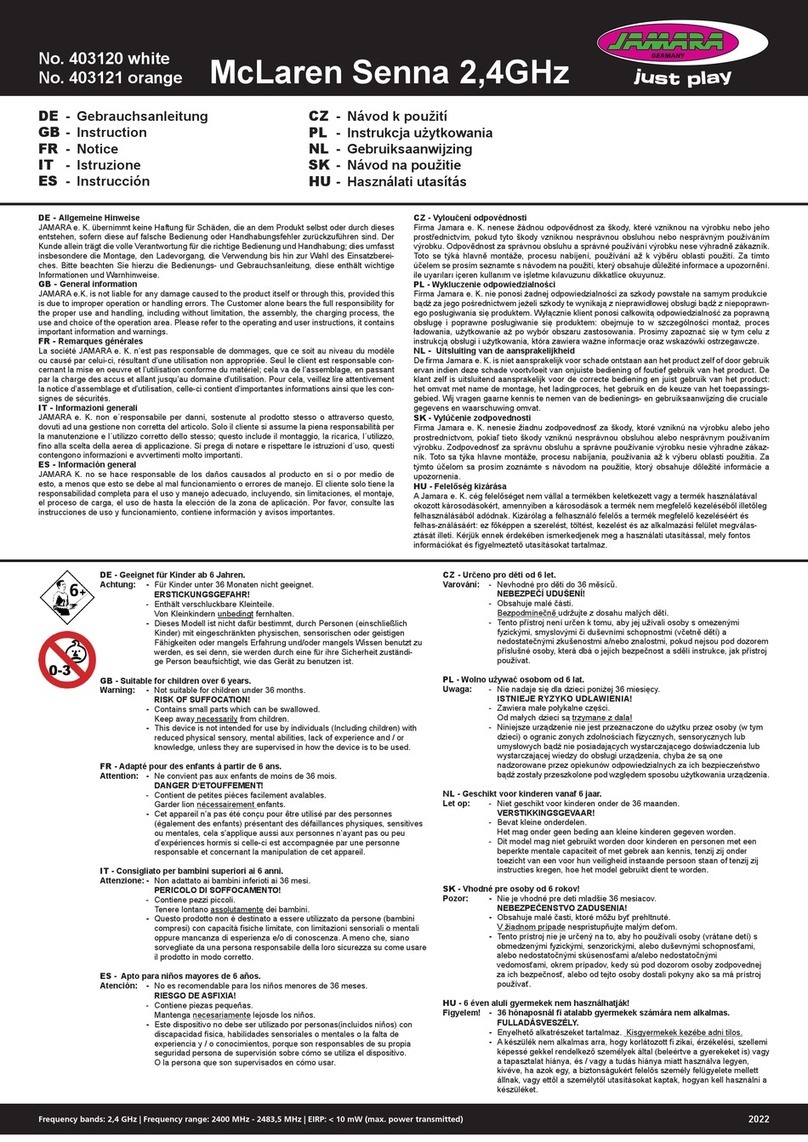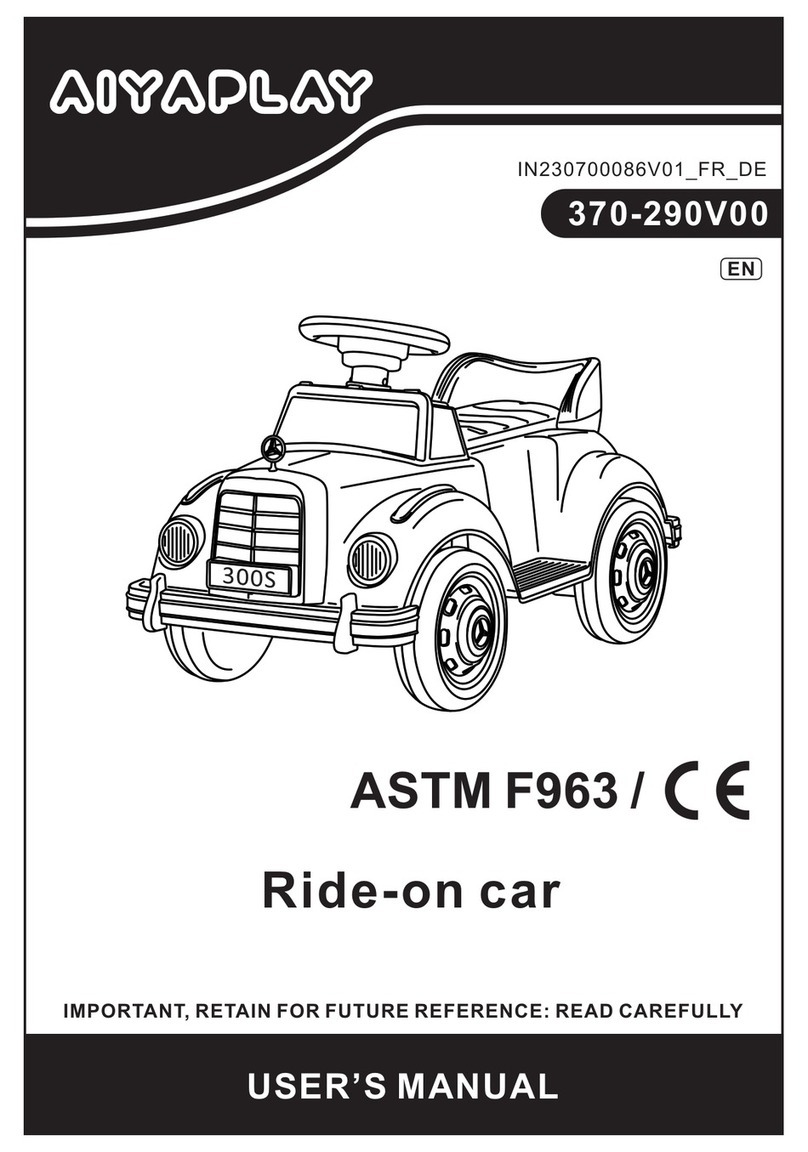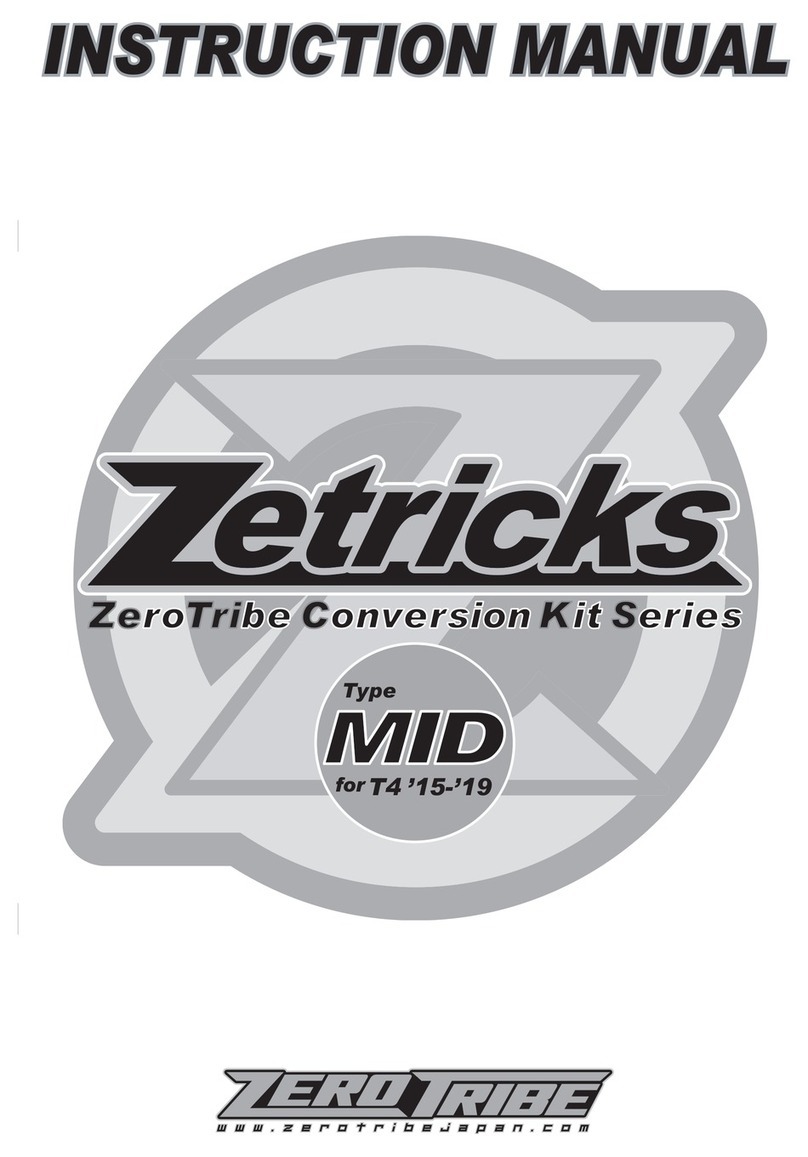
EN
07
4、D/R
Adjustment range: 0-120%(the default is 100%), the step is 5%.
ST.D / R +: increase servo travel;
ST.D / R -: decrease servo travel.
ST.D / R is for servo travel adjustment, which can be multiplexed as CH2 (throttle), CH3, CH4 servo travel
adjustment, see [5.5 Mode Switch] for multiplex switching mode;
LED Indicator:
When using the trim keys the G.LED will flash slowly on short presses and quickly on long presses.
When the ratio value is at both ends (0/120%), the ST.D / R button is at its maximum and as such G.LED
will not flash (if the ratio value has been adjusted to 120%, then press ST.D/R+ key is invalid and G.LED
has Instructions)
5、Mode switching
Mode 1: G.LED flashes slowly once, ST.TRIM is CH1 fine adjustment, ST.D / R is servo travel adjustment.
Mode 2: G.LED flashes twice slowly, ST.TRIM is CH1 fine adjustment, ST.D / R is CH2 servo travel adjustment.
Mode 3: G.LED flashes three times slowly, ST.TRIM is CH3 fine adjustment, ST.D / R is CH3 servo travel adjustment.
Mode 4: G.LED flashes slowly four times, ST.TRIM is CH4 fine adjustment, ST.D / R is CH4 servo travel adjustment.
This function is for reusing the ST.TRIM and ST.D / R buttons for different channels (see [5.3Trims], [5.4 D/R).
Function setting:
Under normal power-on, quickly press the Bind button twice (within 1 Sec) to cycle through modes 1, 2,
3, and 4. The default setting when powering on is mode 1.
Setup:
1. Turn on the transmitter and make sure it is connected to the receiver.
2. Hold the control surface at the desired failsafe position.
3. Press and hold the bind button for 3 seconds, if the G.LED starts flashing every 2 seconds then setup has
been successful.
-
6、Failsafe
This function dictates what the receiver will do in the event that it loses signal from the transmitter, this
includes servo position etc.
Failsafe is now set and will default to these values when the receiver looses signal.
Setup:
To switch between beginner and normal modes press and hold the channel 4 button as the transmitter is turned on.
7、Beginner Mode
Beginner mode is designed for people new to the hobby.In this mode the throttle will be limited to 50 percent,
The channel range defaults to 1250~1500~1750us.
Note:By default, the system is set to normal mode. TheGLEDwill flash slowly for 3 seconds
during power on if the system is set to beginner mode.
Note:The fail-safe function has no defaultsetat the factory and as such must be set manually.If no
failsafe setting has been set, then the receiver will not output anything when signal is lost.
